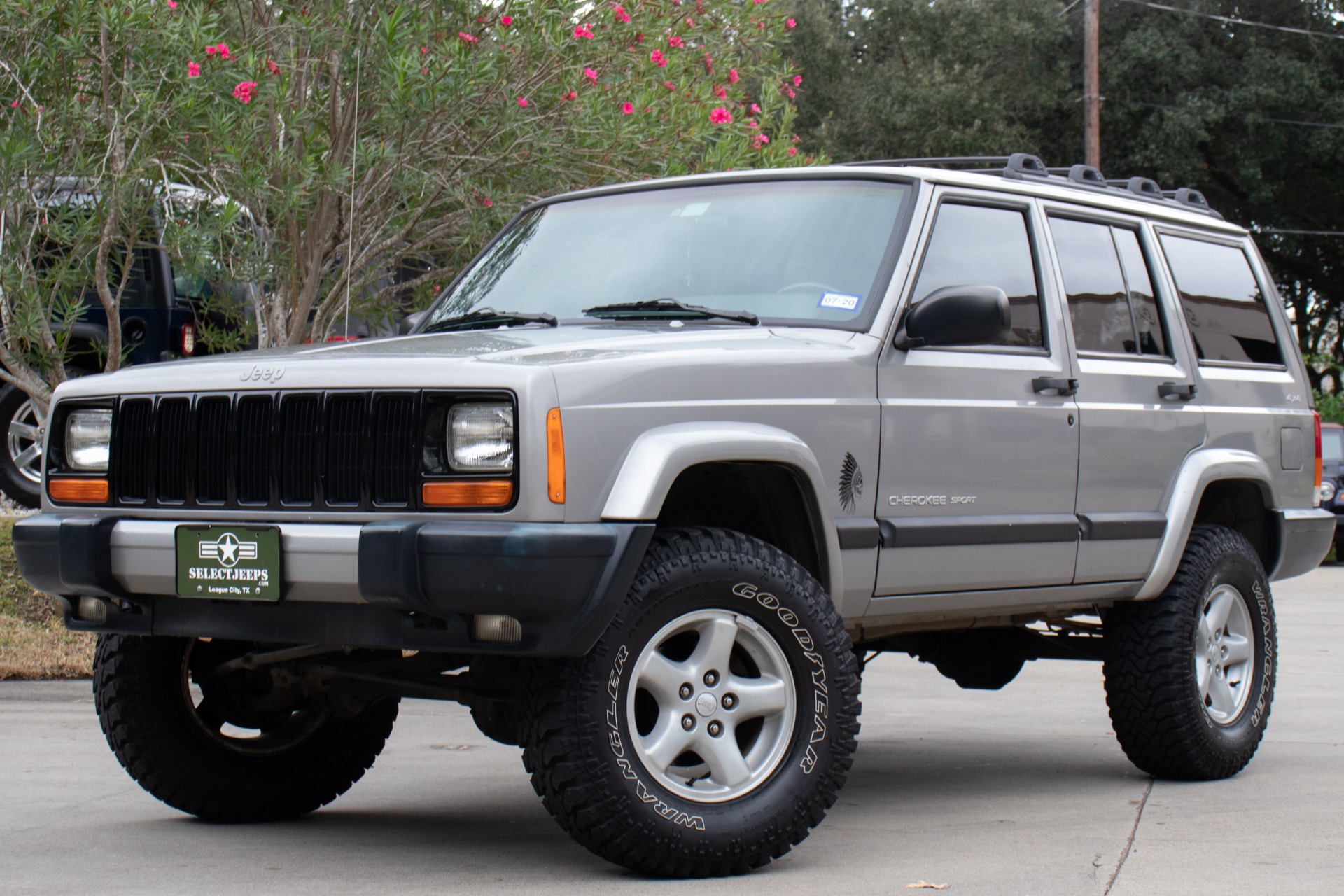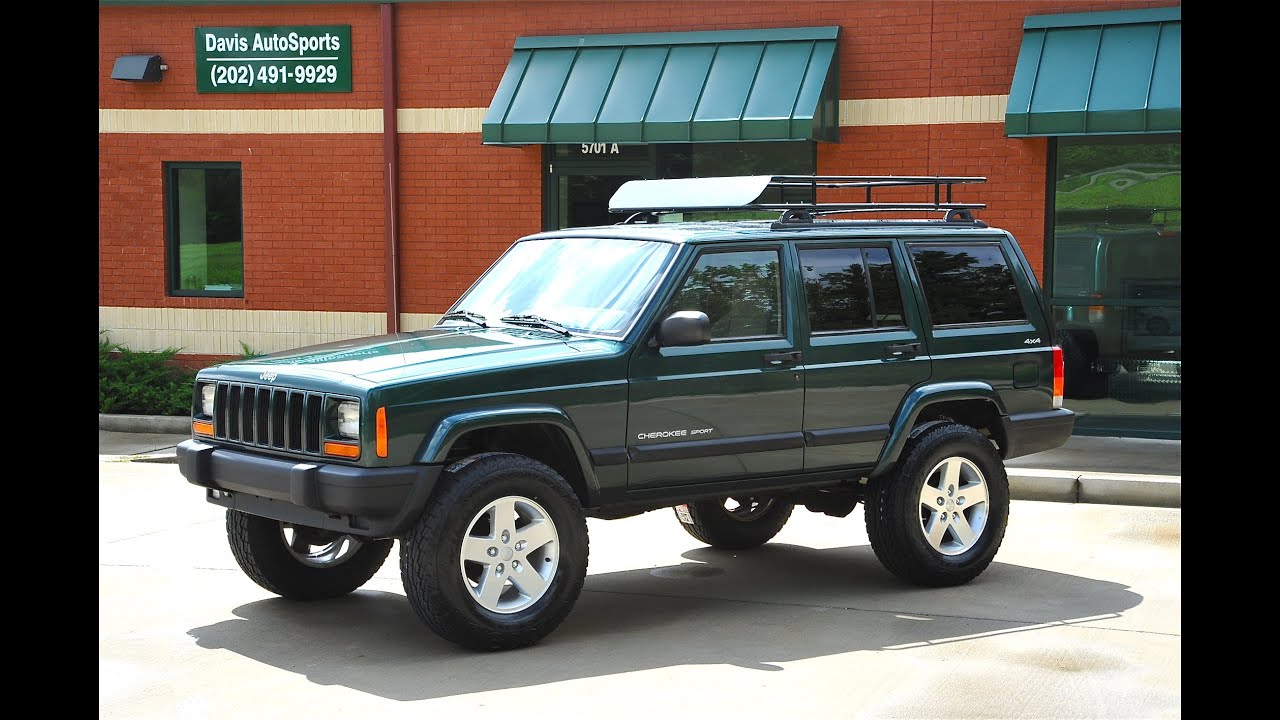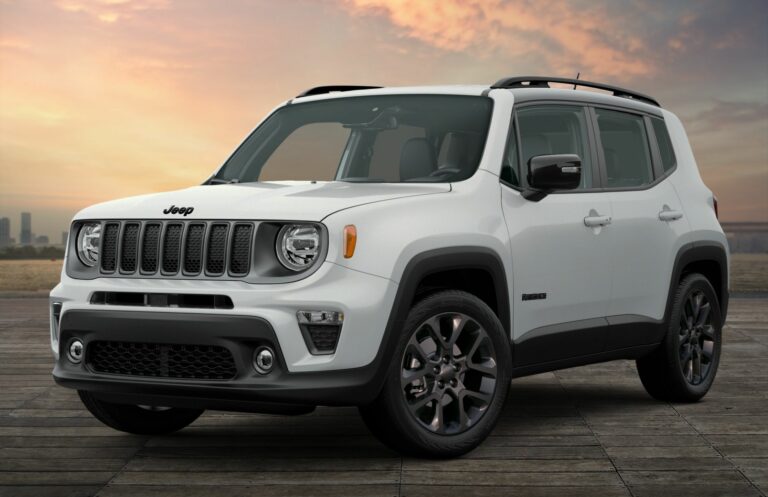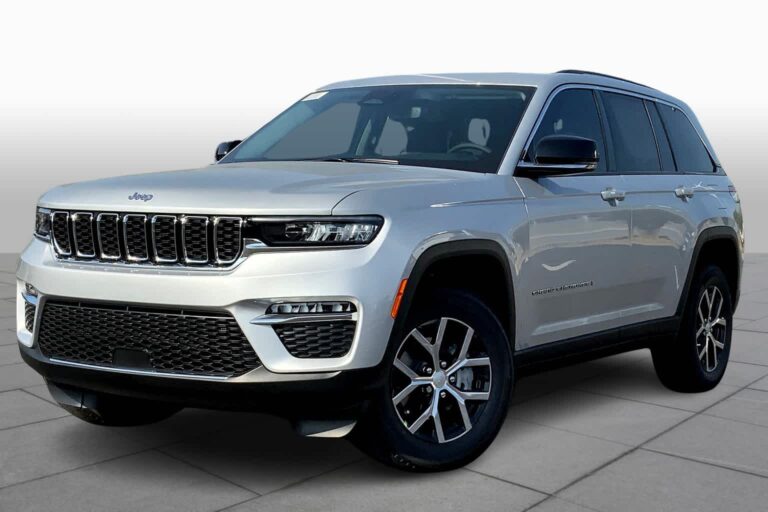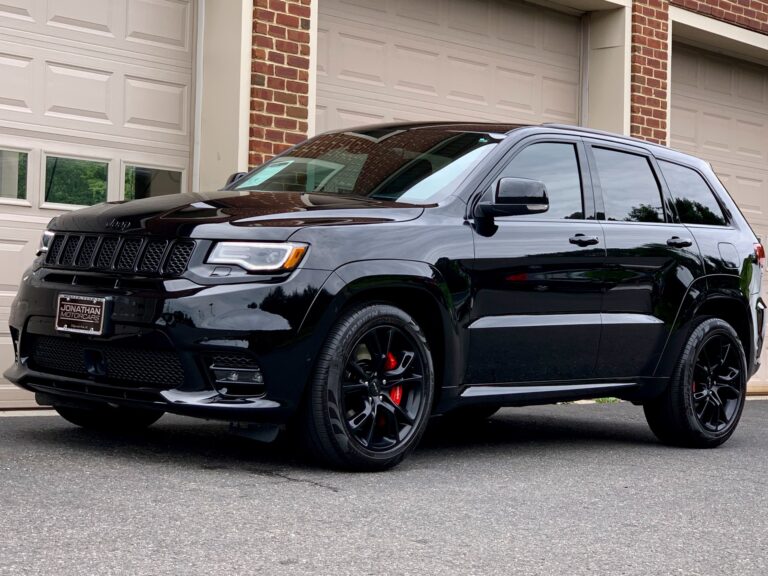2001 Jeep Cherokee For Sale: Your Comprehensive Buyer’s Guide to a Timeless Legend
2001 Jeep Cherokee For Sale: Your Comprehensive Buyer’s Guide to a Timeless Legend jeeps.truckstrend.com
The year 2001 marked a significant point in automotive history, particularly for off-road enthusiasts and those who appreciate rugged simplicity. It was the final production year for the iconic Jeep Cherokee XJ, a vehicle that had, over its 17-year run, cemented its status as a legend. Today, over two decades later, the "2001 Jeep Cherokee For Sale" isn’t just an ad; it’s an invitation to own a piece of automotive history, a testament to enduring design, and a gateway to unparalleled adventure.
For many, the 2001 Jeep Cherokee represents the perfect blend of capability, affordability, and a no-nonsense attitude. Unlike its more modern, often softer, SUV counterparts, the XJ is a true utility vehicle built on a unibody platform that, combined with solid axles, offers legendary off-road prowess. Its importance and relevance in today’s market stem from its continued demand among off-roaders, DIY mechanics, and anyone seeking a vehicle with character that stands apart from the ubiquitous crossover. If you’re considering a 2001 Jeep Cherokee for sale, this comprehensive guide will equip you with the knowledge to make an informed decision.
2001 Jeep Cherokee For Sale: Your Comprehensive Buyer’s Guide to a Timeless Legend
Why the 2001 Jeep Cherokee Still Shines: Enduring Appeal and Benefits
The 2001 Jeep Cherokee, specifically the XJ generation, holds a unique place in the hearts of automotive enthusiasts for a multitude of reasons, making it highly sought after even today.
- Legendary 4.0L I6 Engine: At the core of almost every 2001 XJ is the venerable AMC 4.0-liter inline-six engine. Known for its incredible durability, robust torque, and relatively simple design, this engine is often touted as one of the most reliable ever produced. While the 2000-2001 models had a specific cylinder head casting (0331) that could be prone to cracking if overheated, a well-maintained or properly addressed engine is capable of hundreds of thousands of miles. Its straightforward nature makes it relatively easy to service for the home mechanic.
- Unmatched Off-Road Prowess: Despite its relatively compact size, the XJ’s unibody construction combined with its solid front and rear axles (Dana 30 front, Chrysler 8.25 or Dana 35 rear) provides exceptional articulation and durability. Paired with Jeep’s Command-Trac (part-time 4WD) or Selec-Trac (full-time 4WD) transfer cases, the 2001 Cherokee is a highly capable machine right off the showroom floor, requiring minimal modifications to tackle challenging trails.
- Simplicity of Design and Maintenance: The XJ prioritizes function over frills. Its mechanical simplicity means fewer complex electronic systems to fail, making diagnosis and repair more straightforward and often less expensive than modern vehicles. An extensive aftermarket support network also means parts are readily available and upgrades are plentiful.
- Affordability and Value Retention: Compared to many other capable 4x4s, the 2001 Cherokee remains relatively affordable to purchase. Furthermore, well-maintained examples tend to hold their value remarkably well, especially given their increasing classic status.
- Classic, Timeless Aesthetic: The XJ’s boxy, utilitarian design has transcended mere functionality to become a timeless icon. Its rugged good looks appeal to purists and those who appreciate a vehicle with character and presence, a stark contrast to the often generic styling of contemporary SUVs.

Key Models and Trim Levels: Finding Your Ideal 2001 Cherokee
In its final year, the 2001 Jeep Cherokee was available in several trim levels, each offering a slightly different balance of features, comfort, and price point. Understanding these can help you narrow down your search.
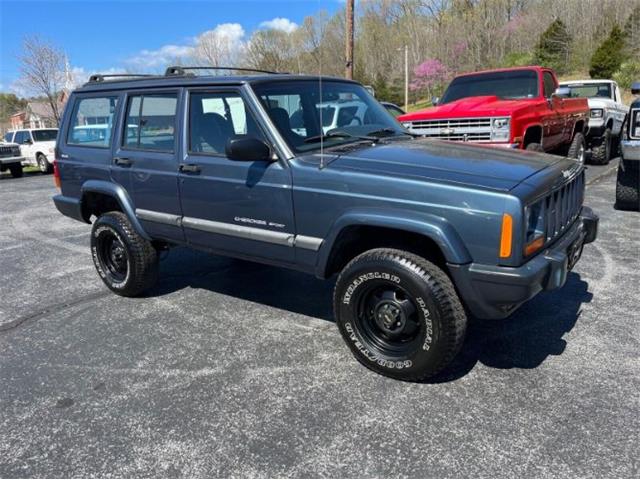
- Sport: This was the base trim and arguably the most common. It offered essential features, manual windows and locks in many cases, and a no-frills interior. Sport models are often preferred by off-roaders due to their simplicity and lighter weight.
- Limited: The Limited trim added more creature comforts, including power windows and locks, air conditioning, cruise control, alloy wheels, and a more upscale interior with leather seating options.
- Classic: As its name suggests, the Classic trim aimed to evoke the XJ’s heritage with specific exterior styling cues, including body-colored bumpers and cladding, along with a blend of Sport and Limited interior features.
- Country: The Country trim was another upscale offering, similar to the Limited, often featuring two-tone paint schemes, woodgrain interior accents, and a comprehensive list of convenience features.

Beyond the trim levels, a crucial distinction is between 2WD (two-wheel drive) and 4WD (four-wheel drive) models. While 2WD XJs exist and can be great daily drivers, the vast majority of those seeking a 2001 Cherokee are looking for the legendary 4×4 capability. Within the 4WD models, you’ll find two primary transfer cases:
- Command-Trac (NP231): This is a part-time 4WD system, meaning it should only be used on loose or slippery surfaces (snow, mud, dirt) to prevent drivetrain binding. It offers 2WD High, 4WD High, Neutral, and 4WD Low.
- Selec-Trac (NP242): This full-time 4WD system offers the same modes as Command-Trac but adds a "Full-Time 4WD" option, which can be used on dry pavement. This makes it more versatile for varying road conditions.
What to Look For When Buying a 2001 Jeep Cherokee: A Pre-Purchase Guide
When inspecting a 2001 Jeep Cherokee for sale, thoroughness is key. These vehicles are old, and even reliable ones will have wear and tear.
- Engine (4.0L I6):
- Leaks: Check for oil leaks (rear main seal is common but not always severe, valve cover gasket, oil filter adapter). Coolant leaks (water pump, thermostat housing, radiator).
- Noise: Listen for excessive lifter tick (common, often not an issue unless very loud), knocking, or rattling.
- Overheating History: Crucial for 2000-2001 models. Look for signs of a new radiator, expansion tank, or a discolored coolant reservoir. The 0331 cylinder head is prone to cracking if overheated, leading to coolant in the oil (milky oil on dipstick or under oil cap) or exhaust. A TUPY head (identifiable by "TUPY" cast into the head) is an upgraded replacement.
- Maintenance: Ask for service records, especially coolant flushes and oil changes.
- Transmission (AW4 Automatic or AX15 Manual):
- Automatic (AW4): Check fluid level and color (should be red, not brown or burnt). Shifts should be smooth, without harsh clunks or slipping. Test all gears, including reverse.
- Manual (AX15): Check clutch engagement (shouldn’t slip), smooth shifts through all gears, and listen for grinding or excessive noise.
- Transfer Case (NP231/NP242):
- Engage all 4WD modes (High and Low) on a loose surface. Listen for grinding, clunking, or difficulty engaging.
- Check for leaks around the seals.
- Suspension and Steering:
- "Death Wobble": A severe, uncontrollable shaking of the front end, usually at highway speeds after hitting a bump. This indicates worn steering or suspension components (track bar, ball joints, tie rod ends, control arm bushings). Test drive for this!
- Bushings: Inspect all control arm, sway bar, and leaf spring bushings for cracking or deterioration.
- Shocks: Look for leaks or excessive bouncing.
- Leaf Springs: Check for sag, especially in the rear.
- Rust: This is the biggest killer of XJs, especially in rust-belt regions.
- Unibody Frame Rails: Critical structural component. Check thoroughly, especially near control arm mounts, for rot.
- Rocker Panels: Very common rust spot.
- Floorboards: Check under the carpet for holes or soft spots.
- Wheel Wells: Both front and rear.
- Door Bottoms and Fenders: Surface rust can be present.
- Underbody: Inspect brake lines, fuel lines, and exhaust components for severe corrosion.
- Electrical: Test all lights, wipers, power windows, locks, radio, and HVAC controls. Check for dashboard warning lights.
- Interior: Inspect seat condition (tears, stains), headliner sag (common), dashboard cracks (very common), and overall cleanliness.
- Documentation: Request service records, receipts for major repairs, and a CarFax or AutoCheck report to check for accident history, odometer discrepancies, and title issues.
- Test Drive: Always test drive! Listen for strange noises, feel for vibrations, check steering response, and brake performance. Test at various speeds, including highway speeds, and over bumps.
Common Issues and Solutions for the 2001 Jeep Cherokee
While reliable, the 2001 XJ has a few well-known quirks and common issues that prospective buyers should be aware of.
- 0331 Cylinder Head: As mentioned, the 2000-2001 4.0L engine’s 0331 casting can crack between cylinders 3 and 4, especially if overheated. This leads to coolant loss, mixing with oil, or misfires.
- Solution: Replace with a revised "TUPY" head (from a later model or aftermarket) or a completely new aftermarket head. This is a significant repair, so negotiate price accordingly if the issue is present.
- Cooling System: The XJ’s cooling system can be marginal. Regular maintenance is critical.
- Solution: Proactive replacement of radiator, water pump, thermostat, fan clutch, and hoses can prevent overheating. Consider upgrading to a higher-capacity aluminum radiator.
- Rust: Rust is the ultimate enemy.
- Solution: For minor surface rust, immediate grinding and proper rust conversion/painting can help. For structural rust, professional welding and fabrication are required. Avoid vehicles with severe structural rust unless you’re prepared for extensive (and expensive) repairs.
- Death Wobble: A scary and dangerous issue.
- Solution: It’s almost always caused by worn steering or suspension components. The most common culprits are the track bar (especially its bushings), ball joints, tie rod ends, and control arm bushings. Replacing all worn components usually resolves it.
- Leaf Spring Sag: The rear leaf springs on many XJs sag over time, especially if the vehicle has carried heavy loads or been off-roaded frequently.
- Solution: Replace with new leaf springs, or add an "add-a-leaf" kit for a slight lift and restored ride height.
- Electrical Gremlins: Older vehicles can suffer from intermittent electrical issues.
- Solution: Often related to faulty grounds, corroded connectors, or aging sensors. Diagnosis can be tricky but usually involves systematically checking circuits.
Tips for a Successful 2001 Jeep Cherokee Purchase
Navigating the market for a 2001 Jeep Cherokee for sale requires patience and diligence.
- Set a Realistic Budget: Beyond the purchase price, factor in immediate maintenance or repair costs. Even a "good" XJ will likely need some TLC.
- Get a Pre-Purchase Inspection (PPI): If you’re serious about a vehicle, pay a trusted mechanic (preferably one familiar with Jeeps) to perform a thorough inspection. This can uncover hidden issues and give you leverage for negotiation.
- Don’t Be Afraid to Walk Away: There are many XJs out there. If something feels off, or the seller isn’t transparent, move on. The right one will come along.
- Consider Aftermarket Support: The XJ has a massive aftermarket for parts and upgrades. This means you can customize it to your heart’s content, and replacement parts are readily available.
- Factor in Insurance and Registration: Get quotes before buying to avoid surprises. Older vehicles can sometimes be cheaper to insure, but rates vary.
2001 Jeep Cherokee Estimated Price Guide
The price of a 2001 Jeep Cherokee for sale can vary significantly based on condition, mileage, trim level, and geographic location. This table provides a general guideline:
| Condition | Description | Estimated Price Range (USD) | Key Factors Affecting Price |
|---|---|---|---|
| Poor | Significant mechanical issues, major rust, high mileage (200k+), major body damage, non-running or barely running. Requires substantial work. | $1,000 – $3,500 | Extent of rust, engine/transmission condition, presence of 0331 head issue, interior/exterior damage, necessary repairs. Often sold for parts or as a project. |
| Fair | Runs and drives, but has noticeable mechanical issues (e.g., fluid leaks, worn suspension, check engine light), moderate rust, high mileage (150k-200k). Needs immediate attention. | $3,500 – $6,500 | Minor rust, worn components, minor electrical issues, general wear and tear, cosmetic imperfections. Still a good base for a project or daily driver with some investment. |
| Good | Mechanically sound, minimal to no significant rust (surface rust common), reasonable mileage (100k-150k), clean interior, minor cosmetic flaws. Well-maintained. | $6,500 – $10,000 | Low mileage for age, 4WD vs. 2WD, transfer case type (Selec-Trac often commands more), trim level (Limited/Country often higher), recent maintenance records, absence of major common issues (e.g., addressed 0331 head). |
| Excellent | Exceptional condition, very low mileage for its age (<100k), meticulously maintained, no rust, all systems fully functional, original or tastefully upgraded. Rare find. | $10,000 – $20,000+ | Extremely low mileage, pristine body and interior, verifiable service history, specific desirable options (e.g., factory skid plates, D44 rear axle if applicable), original paint condition, collector potential. |
Note: Prices are highly variable and reflect the current market for these increasingly sought-after vehicles. Location plays a significant role, with rust-free examples in the Southwest or West commanding higher prices.
Frequently Asked Questions (FAQ) about the 2001 Jeep Cherokee
Q1: Is the 2001 Jeep Cherokee reliable?
A1: Yes, generally speaking, the 2001 Jeep Cherokee is considered very reliable, primarily due to its robust 4.0L engine and relatively simple mechanical design. However, like any 20+ year old vehicle, it will require regular maintenance and may have age-related issues. The key is finding one that has been well-maintained and addressing any known common issues.
Q2: What’s the best engine for the 2001 XJ?
A2: The only engine available in the 2001 XJ was the 4.0-liter inline-six. It’s universally praised for its durability and torque. While the 2000-2001 models had a specific cylinder head casting (0331) that can be prone to cracking if overheated, this is a known issue with solutions available.
Q3: Are parts still available for the 2001 Jeep Cherokee?
A3: Absolutely. Due to the XJ’s popularity and long production run, parts availability is excellent. Both OEM and aftermarket parts are widely available from various online retailers, auto parts stores, and specialized Jeep shops.
Q4: Is the 2001 Jeep Cherokee good for daily driving?
A4: It can be, but it’s important to have realistic expectations. It’s not as refined, fuel-efficient, or quiet as a modern SUV. However, its compact size, commanding driving position, and reliable powertrain make it a perfectly capable daily driver for many, especially if well-maintained. Fuel economy is typically in the 15-20 MPG range.
Q5: What is "death wobble" and how do I avoid it?
A5: "Death wobble" is a violent, uncontrollable shaking of the front end that typically occurs at highway speeds after hitting a bump. It’s caused by worn components in the steering and suspension system, most commonly the track bar, ball joints, and tie rod ends. To avoid it, ensure all front-end components are in good condition, and perform regular inspections. If a vehicle you’re considering has it, factor in the cost of repair.
Q6: How much can I expect to pay for insurance on a 2001 Jeep Cherokee?
A6: Insurance costs vary widely based on your location, driving record, chosen coverage, and the specific vehicle. Generally, older vehicles can be less expensive to insure for liability. However, collision and comprehensive coverage might still be significant depending on the vehicle’s value and your insurer’s policies. It’s best to get a quote from your insurance provider before purchasing.
Conclusion: Your Adventure Awaits
The 2001 Jeep Cherokee XJ remains a beloved and highly capable vehicle, offering a unique blend of ruggedness, simplicity, and off-road prowess that is increasingly rare in today’s automotive landscape. When searching for a "2001 Jeep Cherokee For Sale," you’re not just looking for a car; you’re looking for a partner in adventure, a reliable workhorse, or a classic project vehicle.
While these Jeeps are durable, they are also over two decades old. A diligent inspection, a realistic budget for potential repairs, and an understanding of their common quirks are essential. But with the right approach, finding a well-preserved 2001 XJ can be an incredibly rewarding experience, offering years of reliable service and countless memories, whether on the pavement or far off the beaten path. Your investment in a 2001 Jeep Cherokee is truly an investment in adventure.
